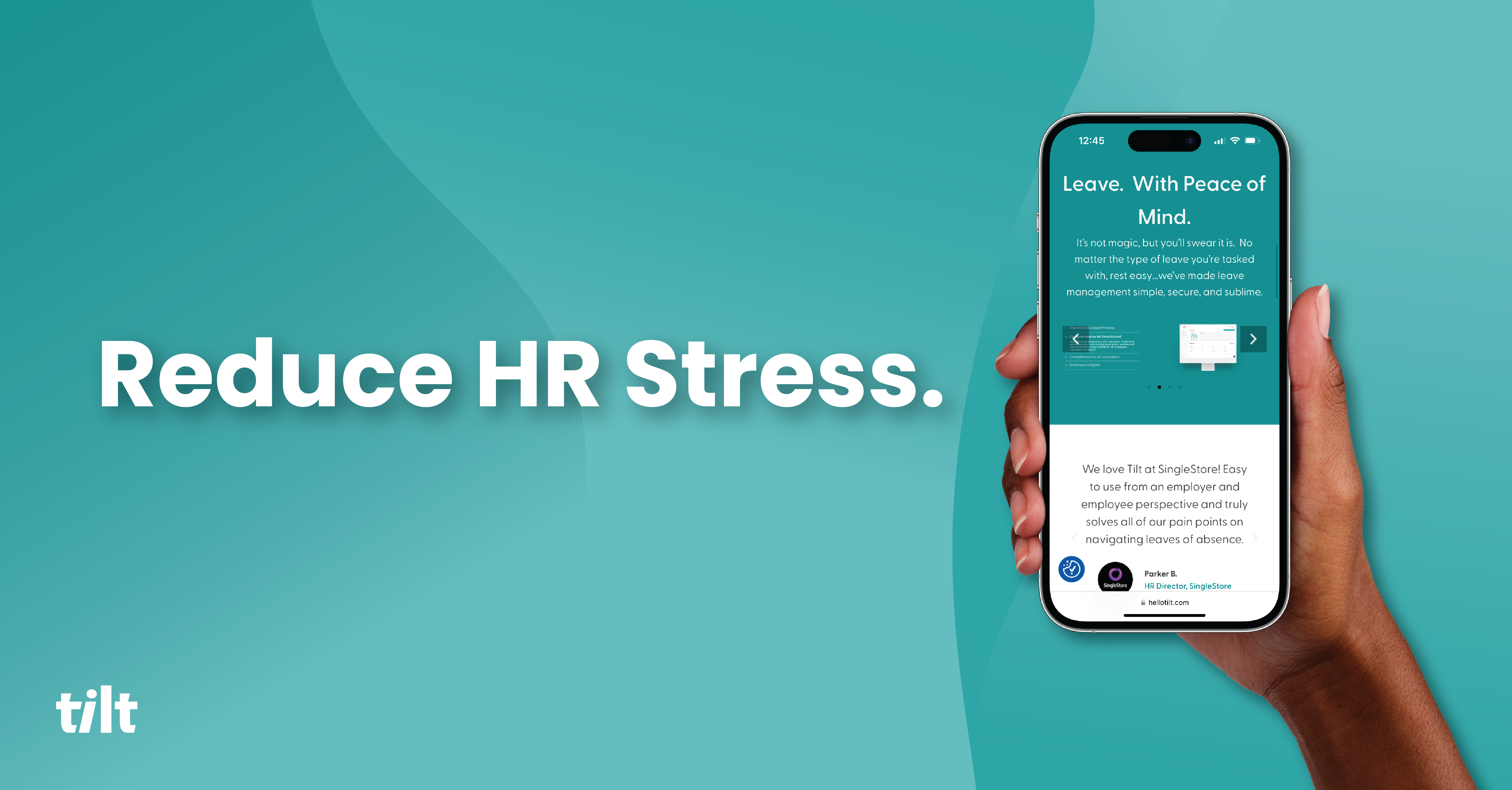Chances are you’ve started a new job, probably several, over your working lifetime. For some of you, you’ve had to start a new job because you were terminated from your previous job, which might happen for a variety of reasons beyond your control.
Have you ever noticed that the time, money and energy that is put into your onboarding is significantly greater than what is put into your exit from organizations? Sure, the severing of ties may turn ugly for one reason or another (your boss is less than awesome, the promised promotion- aka carrot dangling- gets old, or the toxicity becomes too much to bear). But for argument’s sake, let’s look at the average, no drama, run-of-the-mill resignations and terminations. Why don’t employers handle that transition with half of the time, attention or money they spend when an offer is first accepted?
Following these 6 simple tips (for both the employee and employer) can help make for a better exit and set both parties up for future success.
- Employee – Give plenty of notice, when possible. With the understanding that employers aren’t obligated to extend employees the same grace upon an exit from a company, the more notice given the better. There are very few situations where 2 weeks is sufficient notice for your employer to transfer knowledge, backfill your position, coordinate logistics and effectively communicate a transition plan to the affected teams.
- Employer – Give plenty of notice, when possible. Notice is a two-way street. It might feel counterintuitive to let an existing employee know their tenure with your company is coming to an end before it officially has, but doing so will help increase your chances at Tip 1 becoming a reality tremendously. Maybe you see layoffs on your horizon. Perhaps it’s an ongoing performance issue that is spelling out their fate. The more communication around this the better. Often times there are legal reasons why termination and an exit must be swift, so if that is the case show compassion, and support them for a reasonable amount of time beyond termination. Plan for this. Budget for this.
- Employee – Agree on a plan. Create a communication plan with your supervisor or HR representative that you both are comfortable with. There are no hard and fast rules about what you can and can’t say when you decide to leave a company, but going rogue on this one could have serious implications beyond your initial announcement. Sitting on your big news and aligning on a plan before tweeting to the universe offers both you and your employer the best path to a smooth and cordial exit.
- Employer– Be supportive. Regardless of the reason for resignation or termination, take a minute and talk to your employee about their next chapter. Be interested, care, and recognize that this is change and change is uncomfortable. Be the bigger person if you’re not happy about the timing of their departure. If you’re supportive and caring, that goodwill will come back to you.
- Employer and Employee– Be open. The absolute best way to cut destructive gossip off at the knees is to be open, honest and transparent. Who is leaving, when, why, what is the backfill plan, who is the intermediary contact? Turnover is nerve-racking to teams and getting a new boss can be terrifying. Respect that, be open and positive. It will have a dramatic positive impact on the culture and productivity of the team.
- Employer- we saved the best for last- HAVE A PLAN! You would never, in any other part of your life spend the money, time and energy on something and then turn your back on it. An employee is a human first and foremost, and one you invest much time, energy and money into. They’ve given your company part of their most valuable, depreciating asset- their time! So value what they’ve done, work out a plan to transfer the knowledge they’ve amassed over their tenure and create a strategic plan about how the exit will go.







